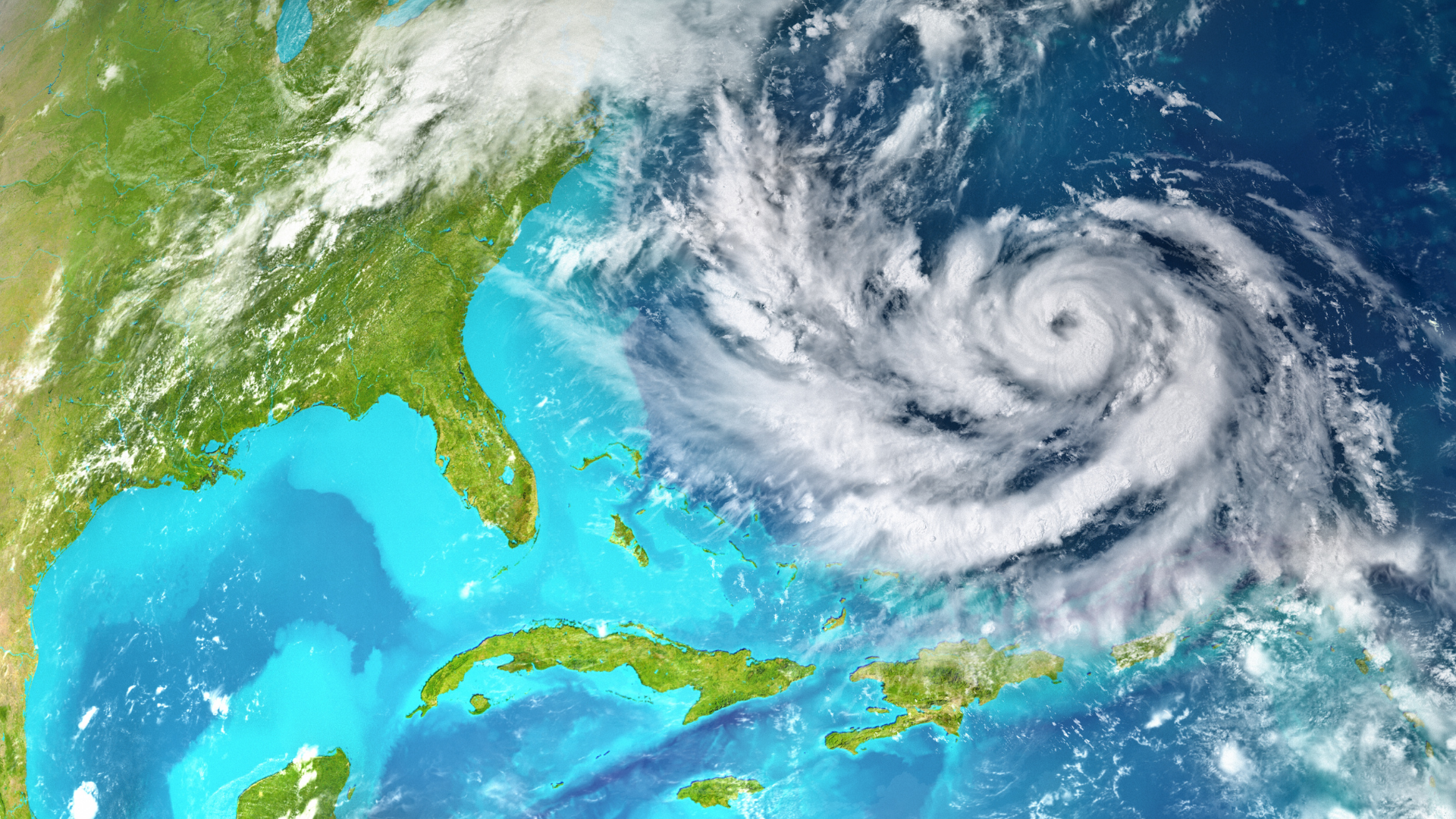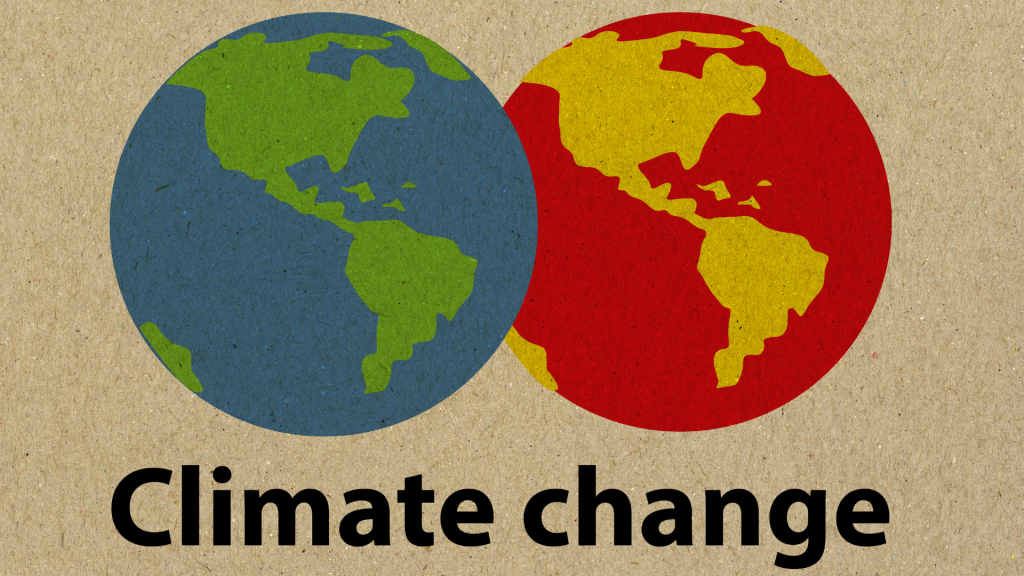How Hurricanes Are Named
Hurricanes, as you know, are storms that develop from disturbances in the atmosphere. And while you might associate hurricanes with hurricanes, did you know that hurricanes are not named for their appearance? No, hurricanes are named by their historical occurrences. It’s a little confusing, so let’s break it down.
Several things can make a landfalling hurricane deadly: winds, storm surge, rain, and inland flooding. But what makes a landfalling hurricane name anyway? Many different naming rules come into play when picking a name, and the name itself comes from a sequence of letters that are assigned by a committee.
In 2018, Hurricane Michael became the first Category 4 storm to make landfall on the United States mainland in over a decade. And it had nothing to do with global warming. Hurricane Michael was named after Michael O. Church, a US Navy meteorologist who contributed to the Hurricane Weather Research and Forecasting (HWRF) program and passed away in 2010.
If you want to enjoy the weather this summer, you have to watch the weather. Hurricanes are no laughing matter, and they can ruin your vacation or haunt your dreams if you’re not careful. Hurricanes were once just called storms, but in 1953, Hurricane Hazel hit New York, destroying 17,000 structures. In response, the National Hurricane Center in the United States began naming the hurricanes, and by 1955, the organization had named 12 storms.
Hurricanes are powerful storms—think of how much damage they can cause to entire communities, not to mention all the deaths and injuries they cause. They also have names and with good reason. Hurricanes are named for cities or regions where they form since hurricanes often form over warm waters near the coast. But how do hurricanes get their names?
Hurricanes aren’t always given names, but many are named after people or places when they do. Hurricane names aren’t always chosen with careful consideration, though. What was once a fun game can quickly devolve into mundanity when it’s revealed that the name chosen is offensive, insensitive to other cultures, or downright stupid.
Hurricanes are named in a very specific way. It’s a process that started in 1851 when a ship called the SS New Orleans was escorted by the US Navy when it made its way to Cuba. The ship was carrying a load of sugar cane and needed a name to help establish a connection to that sugar cane. The ship’s captain, Charles Lawrence, named the ship after its destination, New Orleans, and the name stuck.
Ever since meteorologists began naming storms, sometimes those names have been a bit whimsical. Hurricane names, for example, are shared by all Atlantic and Gulf of Mexico hurricanes during a given year. When storms make landfall, the names are taken from a list, so there’s no reason the hurricane name “Charlie” can’t be reserved for another storm that hits later.
Other names, however, are not so random. Some have been named in reference to people, places, or events. Hurricane names such as “Hilda” and “Inez” are named for famous female pioneers, while “Hugo” is a nod to the famous writer.
This year’s hurricane season has been particularly active, with Hurricanes Harvey, Irma, and Maria demolishing much of the Gulf Coast and the Caribbean. These hurricanes have sparked a lot of debate about why they occur, and scientists aren’t even close to having a firm grasp on the answer to that. But we do know that hurricanes are named for several reasons, including their intensity and their gender. Hurricanes that reach Category 3 or higher receive names, which can be chosen from anywhere in the country and in any language. The name must start with “Maria” or “Harvey,” depending on which cyclone is most active, and it must end with “a diminutive name for a female.”
The hurricane season is in full swing, and storms like Hurricane Dorian come with it. Hurricanes get their official names from lists maintained by the World Meteorological Organization, which picks names using guidelines and procedures that were established in the late 1960s. The guidelines are fairly strict: The name cannot already be in existence. The name should not contain numbers or letters. And finally, the name must fit certain length requirements and be easy to spell.



